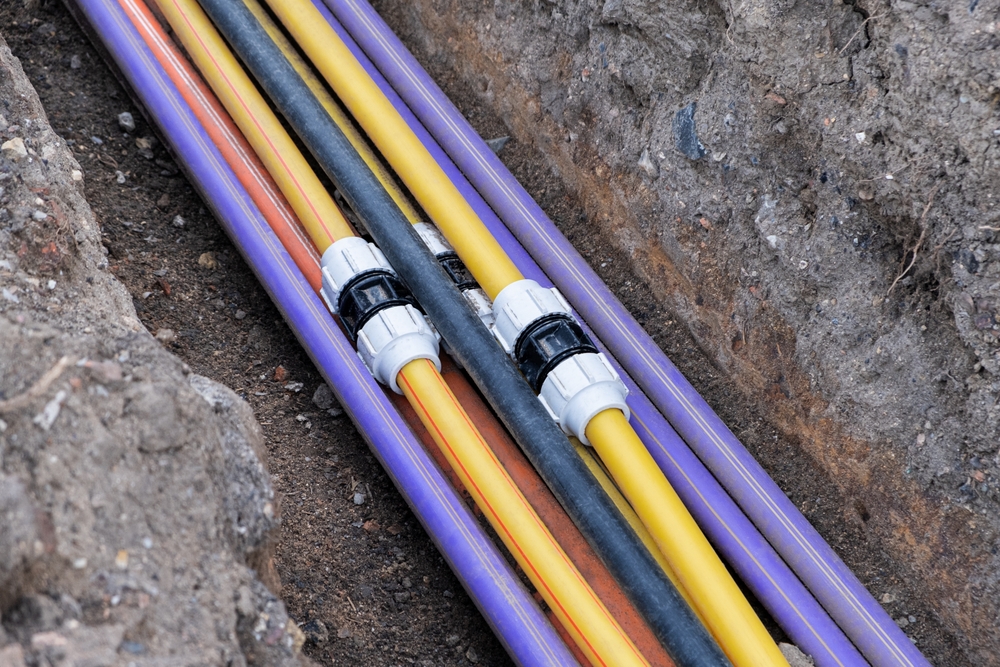When it comes to constructing a new building, there are a lot of important considerations that must be made in order to ensure that the final product is functional, efficient, and safe. One critical aspect of new construction that is often overlooked is the cabling needs of the building. Let’s take a closer look at the cabling needs for new construction buildings, including the different types of cables that may be required, as well as some best practices for installation.

Types of Cables
Before we look into the specifics of cabling for new construction buildings, it’s important to have a basic understanding of the different types of cables that may be required. Here are a few examples:
Ethernet cables: These are commonly used for connecting devices to a network, such as computers, printers, and routers.
Coaxial cables: These are used for transmitting cable television signals, as well as for connecting cable modems to the internet.
Fiber optic cables: These are used for high-speed data transmission over long distances, such as for connecting buildings in a campus or metropolitan area network.
Power cables: These are used for providing electrical power to devices within a building, such as servers, routers, and switches.
Cabling Needs for New Construction Buildings
When it comes to cabling needs for new construction buildings, there are a few key factors that need to be taken into consideration. These include:
- Building Size: The larger the building, the more cabling that will likely be required. This includes both the amount of cabling needed to connect devices within the building, as well as the cabling needed to connect the building to the outside world (such as for internet connectivity).
- Building Function: The type of cabling needed will vary depending on the function of the building. For example, a data center will require much more cabling than a small office building.
- Future Growth: It’s important to consider the future growth of the building when planning cabling needs. This includes not only the potential growth of the business or organization occupying the building but also the technological advancements that may require additional cabling in the future.
Cabling needs for new construction buildings should not be overlooked. By taking the time to plan for cabling needs properly and following best practices for installation, a new construction building can be equipped with the necessary cabling infrastructure to support the needs of its occupants both now and in the future.
Cabling for New Construction
Here at Blue Star Technologies, we have the knowledge, tools, and expertise to install comprehensive, well-designed cabling networks into new construction. From fiber optic to ISP network cabling, let our experts design and install a cabling network that best suits the needs of the new construction. Contact us today to learn more about how we can help.
